Xhypervisor
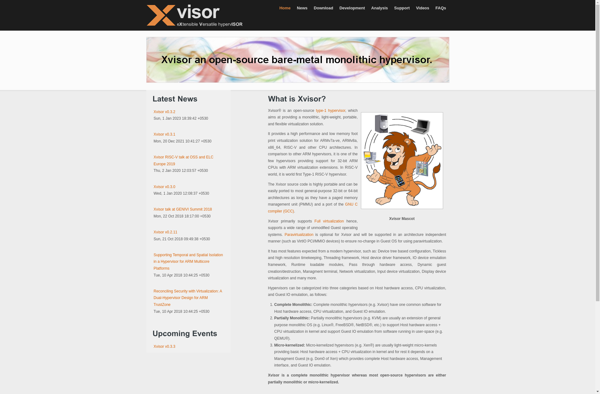
XHypervisor: Open-Source Type-1 Hypervisor for Virtualization
An open-source hypervisor for running multiple OS as virtual machines, enabling server consolidation and improved hardware utilization with live migration support.
What is Xhypervisor?
XHypervisor is an open-source, lightweight Type-1 hypervisor designed for enterprise virtualization. As a bare-metal hypervisor, XHypervisor installs directly onto server hardware to control the hardware and manage guest operating systems.
Some key features of XHypervisor include:
- Efficient resource management using dynamic memory and storage allocation
- Live migration of virtual machines between hosts with no downtime
- High availability clustering to protect against host failures
- Integration with cloud management platforms like OpenStack
- Secure isolation between virtual machines and traffic encryption
- A modular architecture that is easy to customize and extend
- Support for the latest hardware technologies like Intel VT-x for improved performance
XHypervisor is well-suited for data centers looking to consolidate servers, improve hardware utilization, and simplify IT management through virtualization. With its enterprise-grade capabilities for security, scalability and automation integration, XHypervisor provides a robust foundation for virtualized infrastructure and private cloud solutions.
Xhypervisor Features
Features
- Type-1 hypervisor for virtualization
- Runs multiple operating systems as virtual machines on a host machine
- Enables server consolidation and improved hardware utilization
- Supports live migration of VMs across hosts
Pricing
- Open Source
Pros
Cons
Official Links
Reviews & Ratings
Login to ReviewThe Best Xhypervisor Alternatives
Top System & Hardware and Virtualization and other similar apps like Xhypervisor
Here are some alternatives to Xhypervisor:
Suggest an alternative ❐VirtualBox
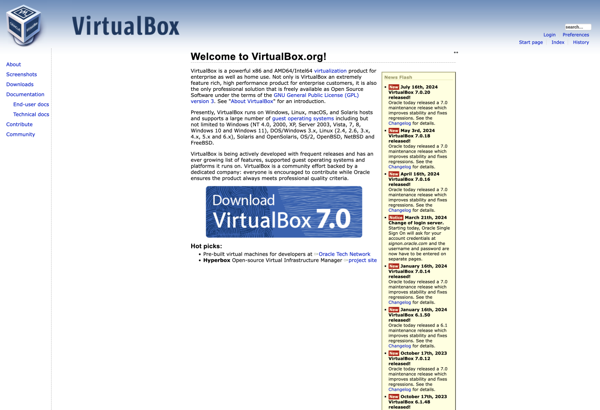
QEMU
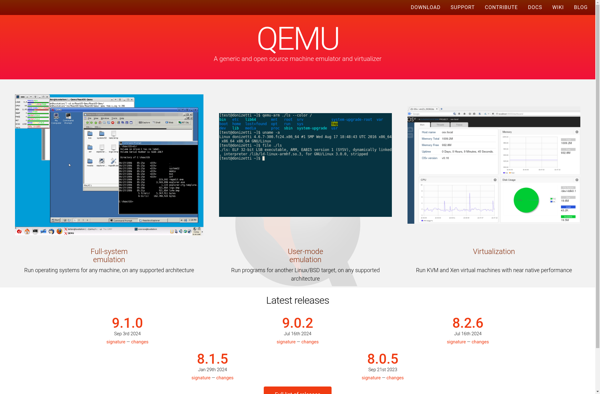
OpenStack

VMware Workstation Pro
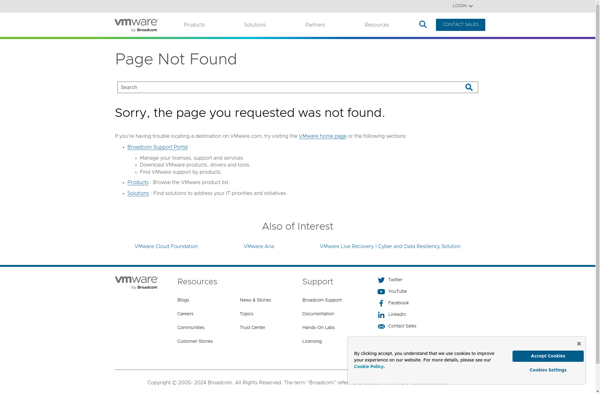
Parallels Desktop
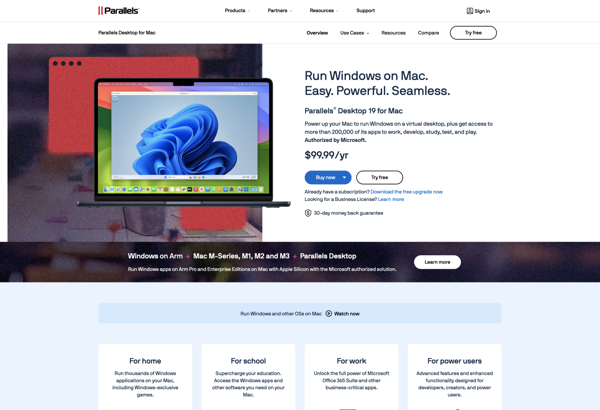
VMware vSphere Hypervisor
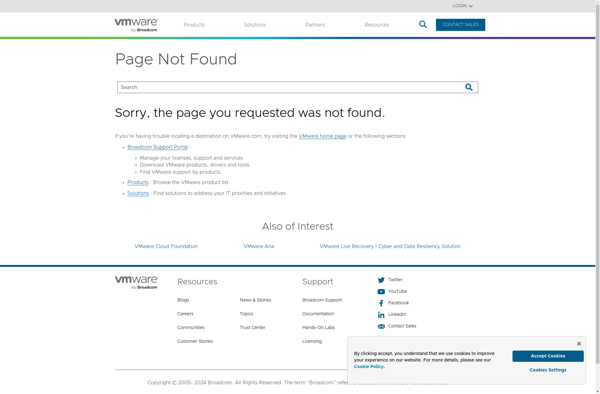
Windows Sandbox
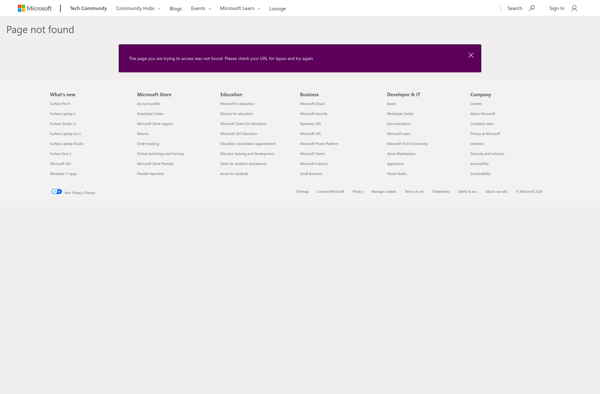
Portable Virtualbox
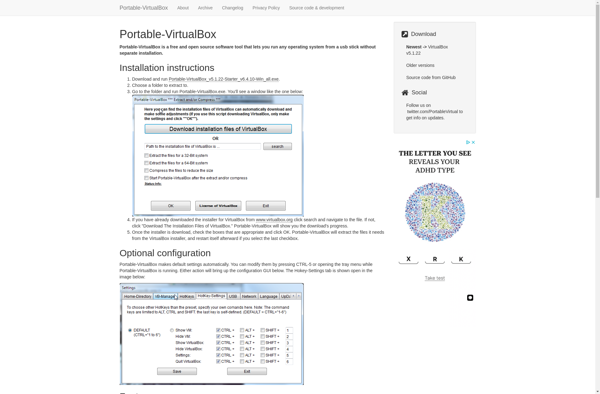
VMware Workstation Player
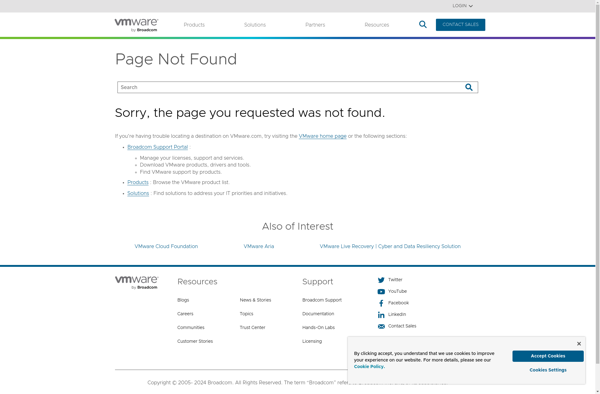
KVM (Kernel-based Virtual Machine)
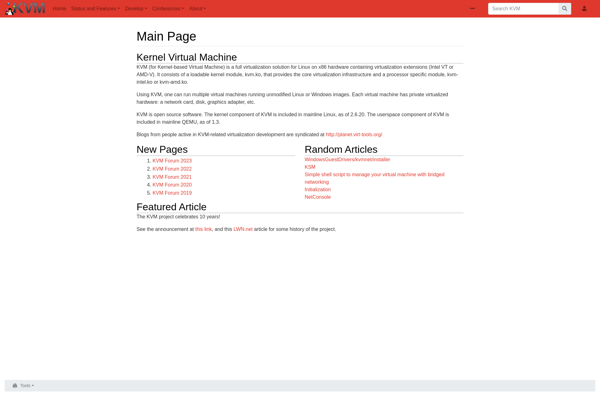
XCP-ng
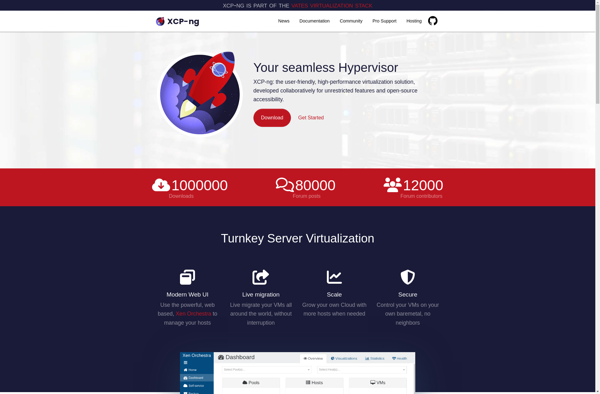
PearPC
